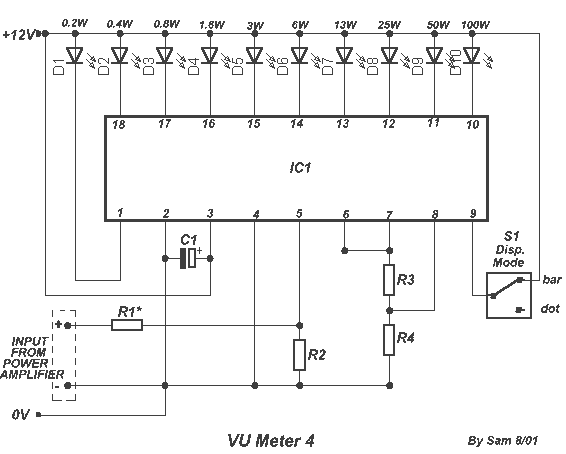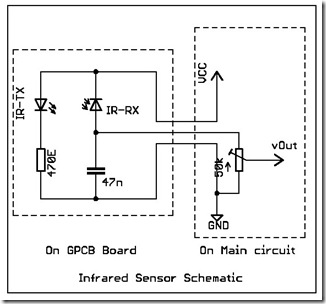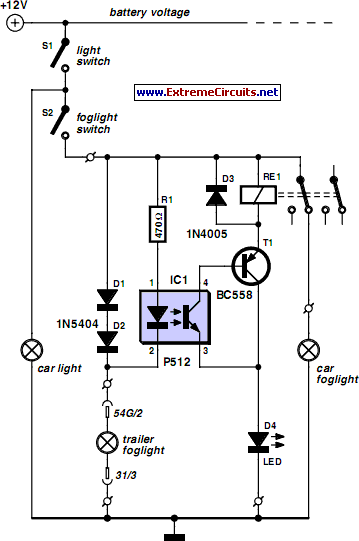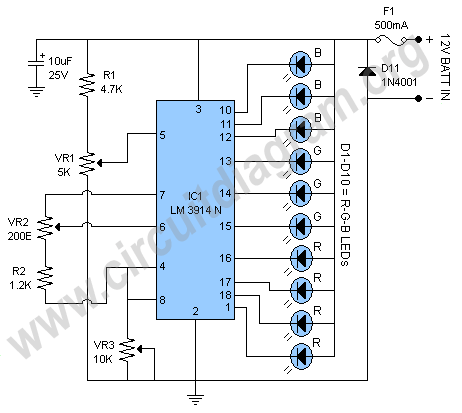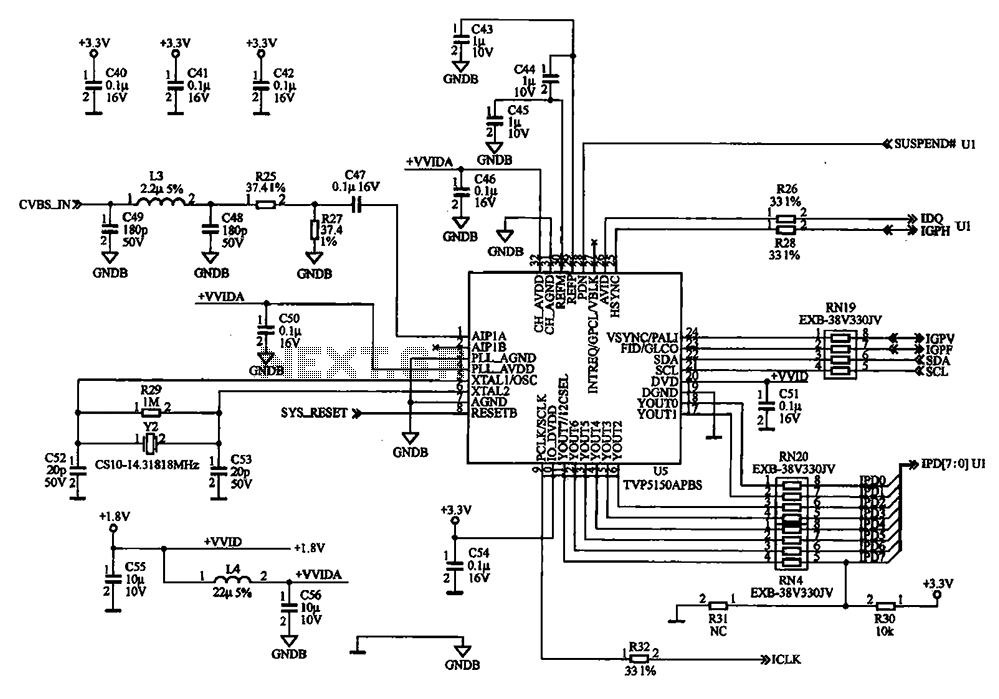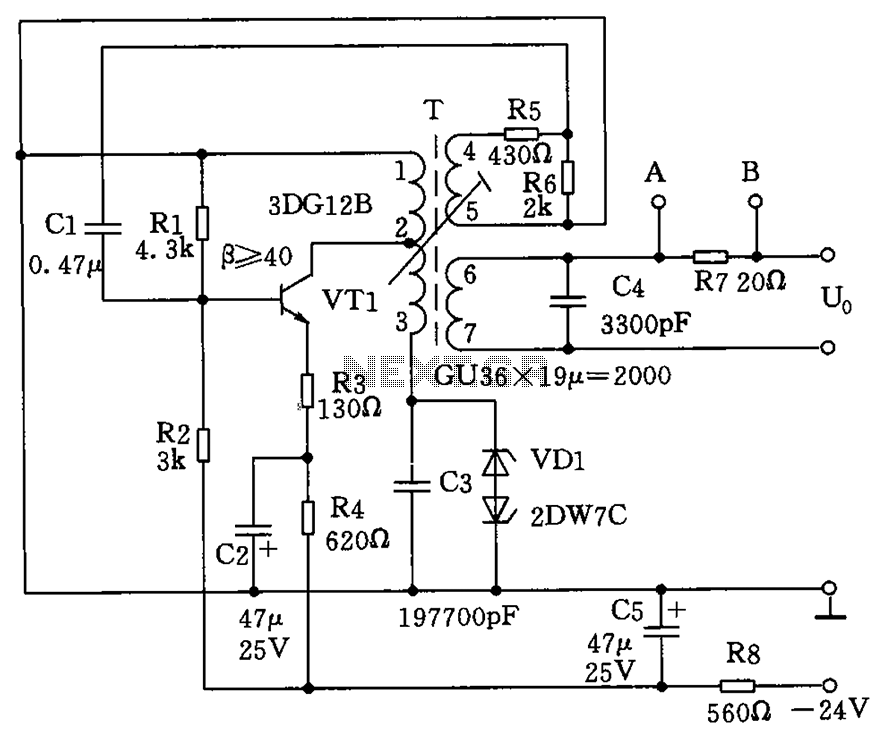
Double astable multivibrator circuit diagram
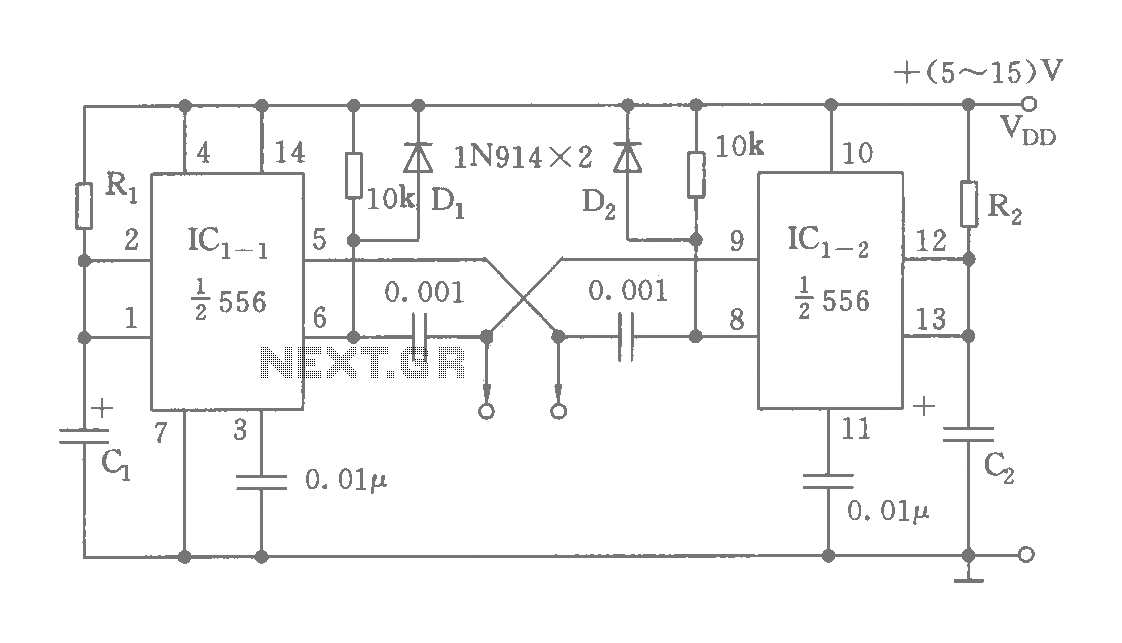
The circuit features a dual time base using a 556 timer, which comprises two synchronized multivibrators and two output clock signals. The output signals are synchronized with defined intervals, and the oscillation frequency can be adjusted by varying the time constant, offering flexibility and convenience. When selecting C1 = C2 = C3, the oscillation frequency can be determined.
The schematic involves a 556 timer IC, which is essentially two 555 timer circuits integrated into a single package. Each half of the 556 timer can be configured as either an astable or monostable multivibrator. In the astable configuration, the circuit continuously oscillates, producing a square wave output. The frequency of oscillation is determined by the values of the resistors and capacitors connected to the timer.
In this configuration, the capacitors C1, C2, and C3 are used to set the timing intervals. By selecting equal values for these capacitors, the circuit ensures that both multivibrators operate in sync, producing clock signals that maintain a consistent phase relationship. The resistors connected to the timing capacitors also play a crucial role in defining the duty cycle and frequency of the output signals.
The output from each multivibrator can be utilized for various applications, such as clock signals for digital circuits, timing applications, or generating pulse-width modulation (PWM) signals. The ability to adjust the time constant by varying the resistor values allows for a wide range of frequencies to be generated, making this circuit versatile for different electronic applications.
Overall, the dual time base circuit utilizing the 556 timer provides a robust solution for generating synchronized clock signals with adjustable frequencies, making it suitable for use in various electronic systems where timing and synchronization are critical.As shown, the circuit consists of a dual time base circuit 556 consisting of two synchronized multivibrator, two output clock signal synchronized intervals and the oscillation frequency can be varied by adjusting the time constant, flexible and convenient . When you select C1 = C2 = C3, the oscillation frequency
The schematic involves a 556 timer IC, which is essentially two 555 timer circuits integrated into a single package. Each half of the 556 timer can be configured as either an astable or monostable multivibrator. In the astable configuration, the circuit continuously oscillates, producing a square wave output. The frequency of oscillation is determined by the values of the resistors and capacitors connected to the timer.
In this configuration, the capacitors C1, C2, and C3 are used to set the timing intervals. By selecting equal values for these capacitors, the circuit ensures that both multivibrators operate in sync, producing clock signals that maintain a consistent phase relationship. The resistors connected to the timing capacitors also play a crucial role in defining the duty cycle and frequency of the output signals.
The output from each multivibrator can be utilized for various applications, such as clock signals for digital circuits, timing applications, or generating pulse-width modulation (PWM) signals. The ability to adjust the time constant by varying the resistor values allows for a wide range of frequencies to be generated, making this circuit versatile for different electronic applications.
Overall, the dual time base circuit utilizing the 556 timer provides a robust solution for generating synchronized clock signals with adjustable frequencies, making it suitable for use in various electronic systems where timing and synchronization are critical.As shown, the circuit consists of a dual time base circuit 556 consisting of two synchronized multivibrator, two output clock signal synchronized intervals and the oscillation frequency can be varied by adjusting the time constant, flexible and convenient . When you select C1 = C2 = C3, the oscillation frequency
Warning: include(partials/cookie-banner.php): Failed to open stream: Permission denied in /var/www/html/nextgr/view-circuit.php on line 713
Warning: include(): Failed opening 'partials/cookie-banner.php' for inclusion (include_path='.:/usr/share/php') in /var/www/html/nextgr/view-circuit.php on line 713
